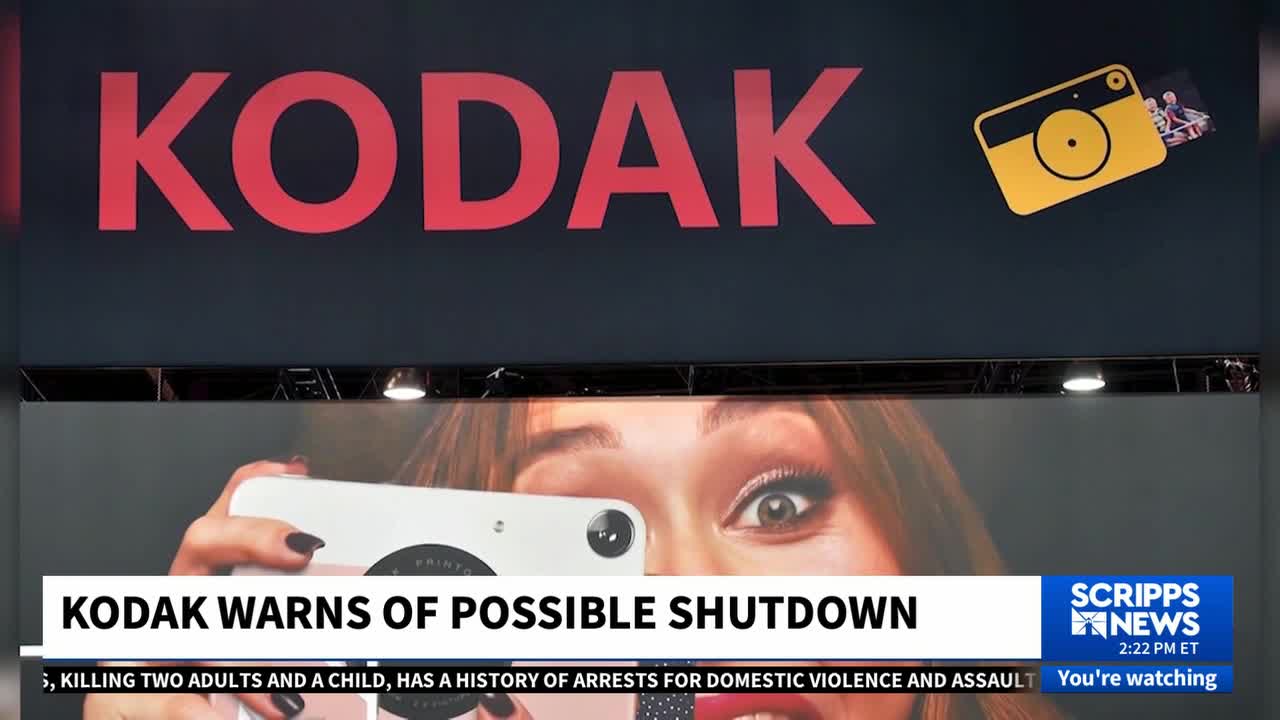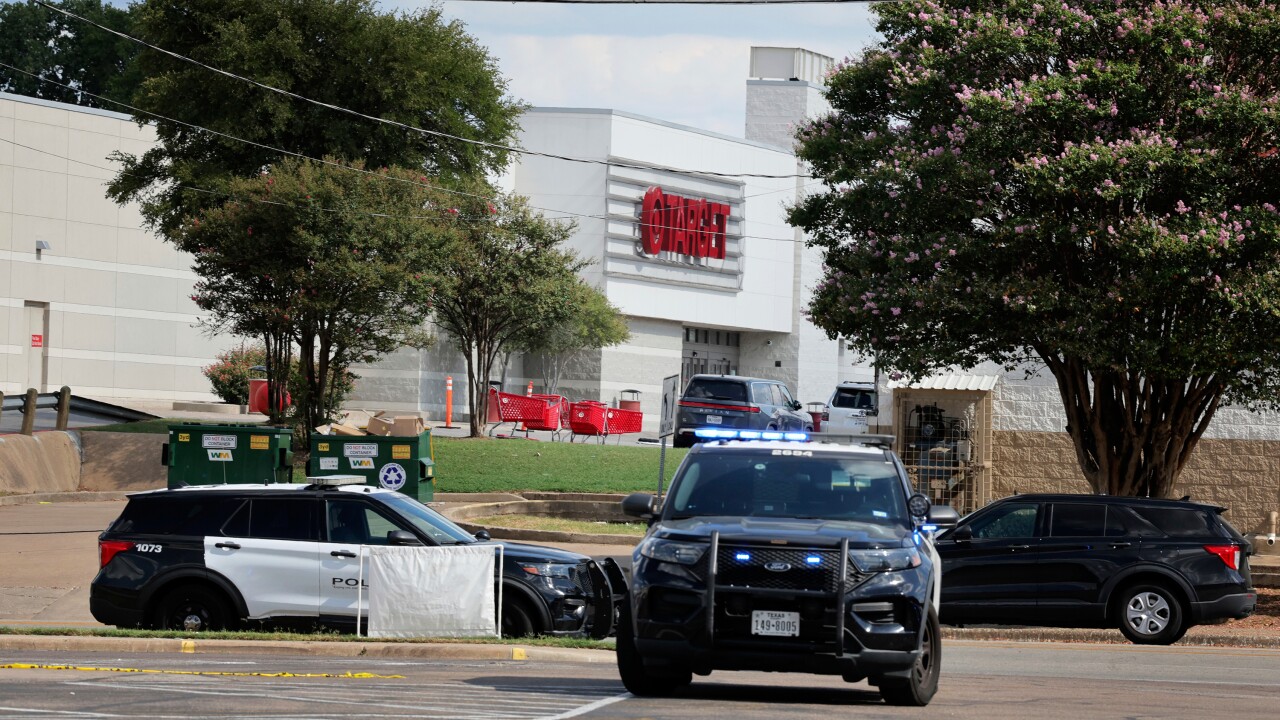Kodak cautions on business operations but remains confident it can meet debt obligations

The more than 130-year-old Eastman Kodak Co. says it is optimistic it can sort out its looming financial commitments, but it is cautioning about its business operations.
In a regulatory filing, Kodak stated that it has debt that is due in 12 months and that it lacks the committed funding and available liquidity to pay down the loan if it were to become due under its current conditions. The viability of Kodak as a going business is seriously called into question by these circumstances.
As of June 30, the Rochester, New York-based corporation reported having $155 million in cash and cash equivalents, of which $70 million was kept in the United States.
IN RELATED NEWS | Claire’s, a mall mainstay, is filing for bankruptcy and closing many of its locations.
In a statement released on Tuesday, Kodak stated that since its debt is due within a year of the filing, the going concern wording in its regulatory filing is effectively a mandated disclosure.
According to the firm, Kodak is certain that it will be able to modify, extend, or restructure its remaining debt and/or preferred stock obligations, as well as pay down a sizable amount of its term loan well before it falls due.
According to The Wall Street Journal, Kodak said last year that company would terminate its retirement income plan in order to settle debt. In a statement released on Monday, Kodak Chief Financial Officer David Bullwinkle stated that the firm anticipates finishing the reversion by December and anticipates knowing by Friday how it will fulfill its obligations to pay all pension plan participants.
IN CASE YOU MISSED IT: At Home, a decor shop, declares bankruptcy due to reduced expenditure and tariffs.
Established by George Eastman in 1880, the Eastman Kodak Co. is recognized globally for their yellow-and-red film boxes and Brownie and Instamatic cameras, which are credited with popularizing photography at the beginning of the 20th century. Japanese competition initially took it down, followed by its incapacity to keep up with the transition from film to digital technology.
In 2012, Kodak declared bankruptcy due to mounting debt, increased competition, and the ongoing expansion of digital photography. In the end, the company closed the camera manufacturing facility that had brought it notoriety and sold off a number of its companies and patents. A year later, its plan to exit from court oversight was approved. Kodak was trying to reinvent itself at the time as a brand-new, much smaller business that specialized in packaging and commercial printing.
Kodak’s manufacturing facility for controlled medicinal items is almost finished. The business already produces essential pharmaceutical starting materials that are not regulated. Later this year, production is anticipated to begin at the renovated plant.
During lunchtime trade, shares fell more than 25%.











